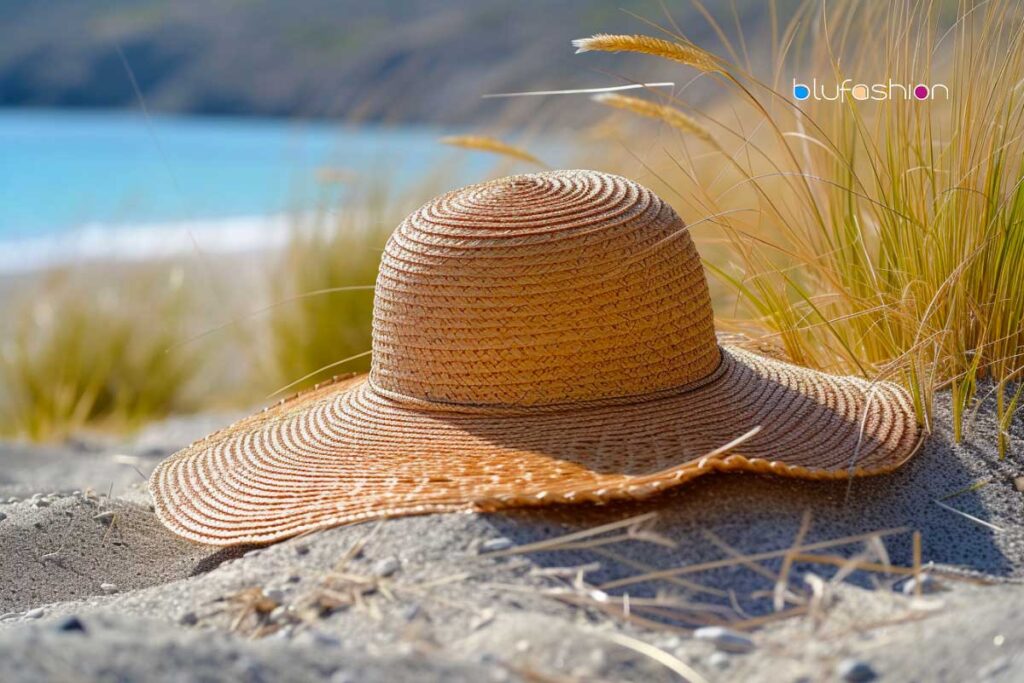
Most people love spending time outdoors. These include going for a leisurely walk with your dog, lounging by a pool, hiking in the mountains, taking your trusty surfboard out for a spin, or anything else that keeps you active and in nature. With every one of these activities, you’ll surely get your fair share of sun exposure, but how much is too much?
Getting enough vitamin D to keep your bones and muscles good and strong is one thing, but exposing yourself to too much direct sunlight can be an accelerator to a whole host of skin problems — a danger many dermatologists have been warning people about for decades now.
One chic and practical way to shield yourself from those harmful UV rays without having to give up your cherished morning and afternoon routine is by wearing a sun hat.
Stylish, functional, packable sun hats can be your best summer companion. And in this article, you’ll learn how to pick just the right one for you.
5 Things to Consider When Choosing a Sun Hat

Sun hats are headwear accessories specifically designed to protect your head, face and neck (sometimes even the shoulders, depending on the style) from the harsh heat and UV rays. They come in many materials, colors and shapes, but they almost always share two traits: a breathable fabric and a lightweight structure.
Before buying your next sun hat, mind the following factors:
1. Brim Width
A hat’s brim is its most distinctive feature and your first line of defense against intense sunlight. The wider the brim, the more protection it provides. Ideally, your headpiece should have at least three inches of brim. This width is more than enough to keep your face, head, neck and shoulders shaded.
If you plan on being somewhere windy, you might also want to consider the brim structure. While floppy, wide brims will definitely elevate your look no matter where you are, sturdier ones will hold their ground in windier weather.
2. UPF Rating
The ultraviolet protection factor (UPF) is a standard used to measure how well a fabric (clothing and accessories) shields your skin from UV radiation (both UVA and UVB). A rating of 50+ means that it will filter out 98% of UV rays and allow only 2% (1/50) to pass through, which is generally viewed as an excellent level of protection.
For hats, a UPF rating of 30+ is a good starting point. Still, if you have fair skin or plan to be under the sun for extended periods, a higher UPF is always better.
3. Material
Sun hats can be made from a variety of fabrics and materials. Here’s a rundown of the most common ones:
Straw
Straw hats for women and men are usually crafted from natural materials like seagrass, raffia or palm leaves. They’re extremely breathable and long-lasting because of their porous yet tightly woven structure.
Cotton
Cotton is a natural and airy fabric perfect for hot, sunny days. It’s lightweight, easy to wash and comes in many colors and patterns. However, it’s often less resilient than synthetic materials.
Polyester and Nylon
These synthetic fabrics are typically used in sports and outdoor apparel, including sun hats. They offer excellent durability and moisture-wicking properties, but on the breathability scale, they’re not as high as cotton and straw.
One thing to think about here is the kind of activity you’ll be doing. If you plan on being active and sweating a lot, go for maximum breathability, i.e., cotton or straw. But if you’re taking a relaxing dip in the pool with your hat on for sun protection, quick-drying polyester and nylon blends will do the trick.
4. Style
So far, functionality has taken the spotlight, but a fashion accessory as stylistically versatile as a sun hat deserves some thought in the design department, too. A matter of personal preference, for sure, but here are some hat-fashion staples to consider:
- Bucket hats: Famous for their laid-back, casual appeal, bucket hats have a wide, round crown and a somewhat smaller brim that goes all around it.
- Panama hats: A wide-brimmed classic, these hats are usually made of toquilla straw and often decorated with crown bands or ribbons. They have a sophisticated, timeless look that goes well in both casual and formal settings.
- Fedora hats: Pinch-front fedoras have been around for ages. They’re characterized by a medium-sized brim and a tall, indented crown.
- Sun visors: A crownless hat would be the best way to describe this style. Visors have a narrow brim that shades the face and neck and an adjustable strap for a snug fit.
5. Comfort and Fit
A hat that fits well or can be modified for comfort is more likely to stay put and offer the protection you need. One way to ensure you always get the right size is by looking for a hat with an adjustable band or cord. This allows you to tailor the hat’s circumference to your head size and make sure it doesn’t slip off or feel too tight.
If you’re buying a hat online, you’ll also want to check the product sizing chart beforehand. Some hats come in sizes (S, M, L), and others are “one size fits all,” which means they have an elastic strap or an interior drawstring that makes them more adaptable to different head measurements.
Shopping for Your Perfect Sun Hat
A sun hat is a summer must-have. It is style, comfort and protection all in one.
Let this checklist guide you toward picking the right one for you and donning it with confidence and grace all season long.




